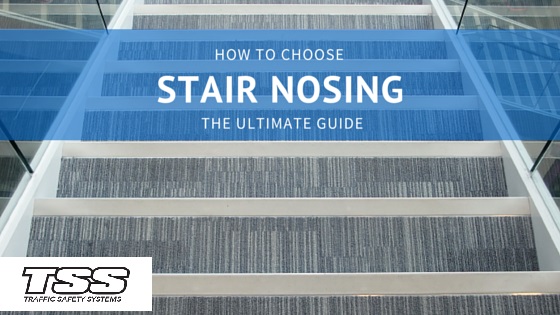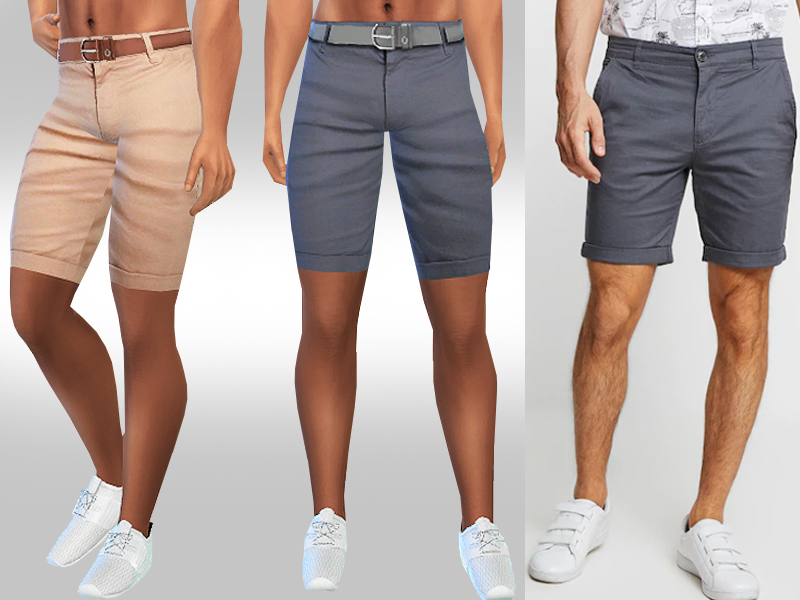
You’ve probably heard of stair-nosing. Maybe you’ve seen it installed on steps around town or at the office, but have you ever wondered what it’s for? Stair nosing is a relatively simple design feature that adds significant safety and durability to stairs.
In this article, we’ll explain how it works, how to choose the best stair nosing for your application, and why it matters in terms of preventing slips and falls.
Overview of Stair Nosing
Stair nosing is a safety feature that can be installed on the edge of stair treads to help prevent slips and falls. It’s also known as stair jogging or anti-trip device, and it’s used in conjunction with other safety measures such as handrails, guardrails and lighting.
Stair nosing comes in different varieties depending on what type of material you want for your home improvement project – metal, plastic or rubber are all options for this type of product.
Enhancing Traction and Visibility
The anti-slip properties of stair nosing are also enhanced by the materials used to construct it. For example, rubber is a common material for stair nosing because it provides traction for people walking on wet or slippery surfaces. Rubber can be used in conjunction with other materials, such as metal or plastic to provide additional traction and grip on stairs, making them safer for use by individuals who may have trouble keeping their balance.
For those looking to enhance their visibility when navigating stairs, it is important that they choose a stair nosing that helps them stand out from their surroundings to prevent slips and falls while going up or down flights of stairs.

Impact of Stair Nosing on Safety
Stair nosing is a safety feature that is required by building codes and can help prevent slips, trips and falls. It also addresses irregularities or damaged steps.
The role of stair nosing in preventing accidents is well-known by architects and engineers who design buildings, but many homeowners are unaware of this important function! Stair nosing can prevent slips, trips and falls at the top or bottom of stairs by providing traction for your feet while walking down them. It also helps reduce tripping hazards caused by irregular edges on steps.
Even if there are no visible signs of damage or wear on your stairs now–or even if they were never damaged; it’s always better to be safe than sorry when it comes to keeping yourself safe from harm as you walk up or down any set of stairs in your home!
Codes and Regulations for Stair Nosing
The codes and regulations that govern the use of stair nosing are intended to help ensure the safety of occupants in commercial and public buildings. These standards, which vary from region to region, specify how much of a step is required for adequate stair traction.
Many different types of stair nosing can be used depending on your needs:
- Rubber
- Plastic
- Metal
Conclusion
We hope we’ve been able to demystify the role of stair nosing and its importance in preventing slips and falls. As we’ve seen, it’s not just about aesthetics; it’s also about safety. If you have any questions about choosing the right stair nosing or installing it in your home, please reach us out!






